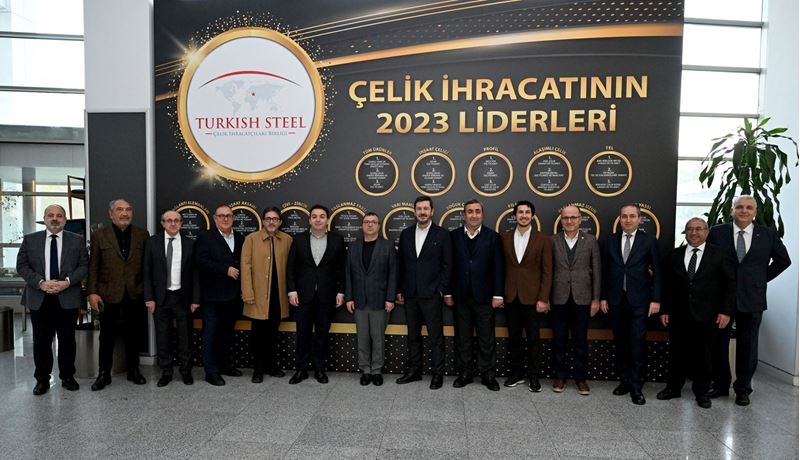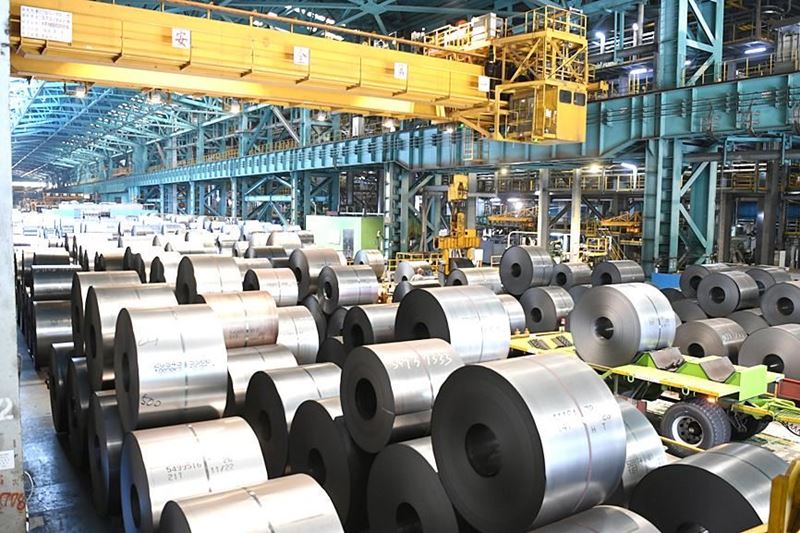This represents a growth of 1.8% compared to the same period in 2023. These data, based on Eurostat data, show that Europe's demand for metallurgical raw materials remains strong.
Iron ore and semi-finished products were the main metallurgical raw materials imported by the EU in this period. A total of 55.67 million tons of metallurgical raw materials were imported, while growth in this area was limited to 0.3%. In particular, imports of iron ore remained stable at 44.06 million tons, while imports of semi-finished products increased by 4.8% to 4.32 million tons. This suggests that European steelmakers are turning to imports to secure their raw material supplies.
Scrap imports, on the other hand, saw a notable increase. In the first seven months of 2024, the EU increased scrap imports by 16.9% to 2.86 million tons. Other major items included 1.69 million tons of direct reduced iron (up 2.1%) and 1.34 million tons of ferroalloy (down 17.8%). The declines in ferroalloy and pig iron imports in particular indicate weakening demand in these segments.
Steel production also increased slightly in the first seven months of 2024, growing by 1.5% to 78 million tons. This increase reflects that the steel industry is in the process of recovery and demand for raw materials continues to grow.
Increasing Demand for Rolled Steel Products...
The EU's imports of rolled steel products increased more markedly. Between January and July 2024, imports of these products rose by 6% to 18.58 million tons. Demand for flat products was the driving force behind this growth, up 8.8% to 14.25 million tons. This indicates that demand for steel products is recovering, particularly in the automotive and machinery manufacturing sectors.
However, imports of long products showed the opposite trend. The stagnation in the construction sector led imports of long products to fall by 2.1% to a total of 4.32 million tons. This suggests that the construction sector in particular remains weak and that the recovery in this area has not yet begun.
In the first half of 2024, growth in European Union imports of steel and metal raw materials suggests that the industry is showing signs of a general recovery, but weaknesses still persist in some sectors. Strong demand for flat products suggests that industrial production in the EU is starting to pick up, particularly in the automotive and machinery sectors. However, the stagnation in the construction sector is having a negative impact on demand for long products. The pace of recovery in Europe's industrial and construction sectors is likely to directly affect the volatility of metal and steel imports.
When enriched with analysis backed by up-to-date data, this report is an important resource for understanding the overall dynamics of the European Union's demand for metal and steel products in 2024.











Yorumlar
Henüz yorum yapılmadı